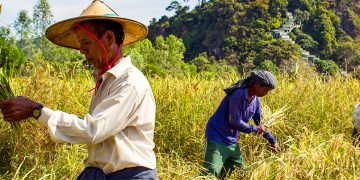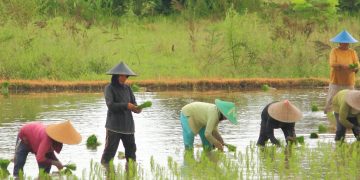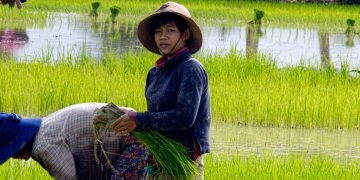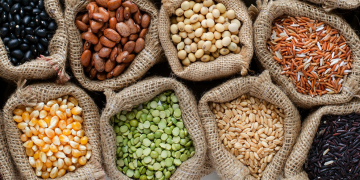The security situation is worrisome for farmers in Myanmar.
This section includes assessments on state of the agrifood system in Myanmar based on the Myanmar Agricultural Performance Survey (MAPS) and key informant phone surveys. MAPS is a nationally and sub-nationally representative phone survey, conducted every 6 months on approximately 5,000 farming households. Assessments in this section will examine input use and input prices, farm management practices, agricultural outputs and output prices, and the impacts of shocks on production. This will be complimented by assessments on key actors in the agrifood systems, such as mechanization service providers, agricultural input retailers, agricultural commodity traders, rice millers and food vendors.
Rice Productivity in Myanmar: Assessment of the 2023 Dry Season
As paddy prices have gone up significantly, rice prices have gone up substantially as well, making the costs of Myanmar’s staple food unaffordable for consumers.
Monitoring the Agri-food System in Myanmar: Mechanization Service Providers – July 2023
Persistent rises in costs, combined with political instability, requires close monitoring for the remainder of the 2023 season.
Monitoring the Agri-food System in Myanmar: Rice Millers – March 2023
Electricity access is the most significant disruption for both medium/large-scale mills and small/micro mills.
Pulses Sector Assessment: Pre- and Post-Monsoon 2021 and 2022
The pulse sector in Myanmar has emerged as a crucial income source for farmers during the triple crisis, driven by increased export demand and domestic consumption, as well as reduced production costs and irrigation requirements. However, pulse growers still face several challenges, including escalating fertilizer prices, conflict, border closures, and inadequate government support in terms […]
- « Previous Page
- 1
- 2
- 3
- 4
- 5
- 6
- …
- 13
- Next Page »




